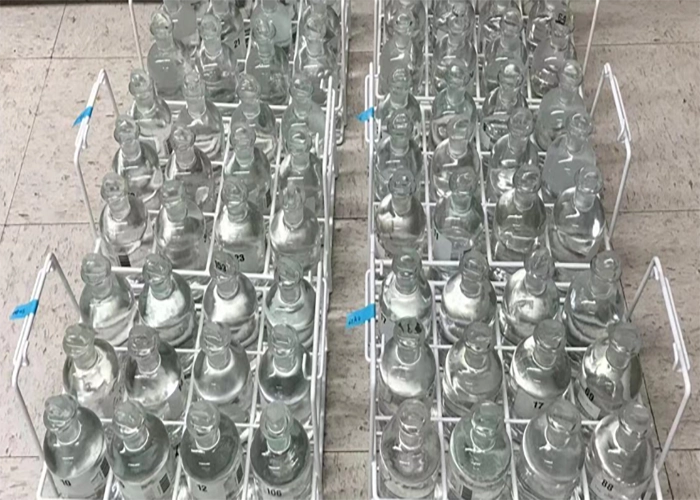Blog - Biodegradability Testing – Chemical Impact
 Biodegradability Testing – Chemical Impact
Biodegradability Testing – Chemical Impact Test No. 301: Ready Biodegradability
Test No. 301: Ready Biodegradability It’s actually not just one test, but a group of six related test guidelines for assessing the ready biodegradability of chemicals in an aerobic aqueous medium. Each method has its own strengths and weaknesses, and the
Read More Biodegradability Testing – Chemical Impact
Biodegradability Testing – Chemical Impact Test No. 304A: Inherent Biodegradability in Soil
Test No. 304A: Inherent Biodegradability in Soil The OECD 304 actually refers to two distinct test guidelines, both focused on assessing the biodegradability of chemicals in soil: 1. OECD 304A: Inherent Biodegradability in Soil This test evaluates the mineralization rate of a 14C-labeled test substance in
Read More Biodegradability Testing – Chemical Impact
Biodegradability Testing – Chemical Impact Test No. 306: Biodegradability in Seawater
Test No. 306: Biodegradability in Seawater The OECD 306 Guideline describes two methods for assessing the biodegradability of organic materials in seawater: Importance of Seawater Biodegradability Testing: Understanding how chemicals break down in marine environments is crucial for protecting the health
Read More Biodegradability Testing – Chemical Impact
Biodegradability Testing – Chemical Impact Test No. 310: Ready Biodegradability – CO2 in sealed vessels (Headspace Test)
Test No. 310: Ready Biodegradability - CO2 in sealed vessels (Headspace Test) Purpose: This test determines if a chemical is readily biodegradable under aerobic conditions (meaning in the presence of oxygen).This knowledge is crucial for assessing the chemical’s potential persistence and environmental
Read MoreLinkedin Link
Medical Device Testing
Laboratory Testing

SCS Blog Category
Blog - ACUTE TOXICITY STUDIES
Blog - Biodegradability Testing – Chemical Impact
Blog - Environmental Fate & Toxicology Testing
Blog - In Vitro Studies
Blog - Laboratory Testing & Analysis
Blog - Medical Devices
Blog - OECD GLP
Blog - Scientific

JOIN WITH MANY WHO HAVE BENEFITED WITH US
SCS Consulting Group

